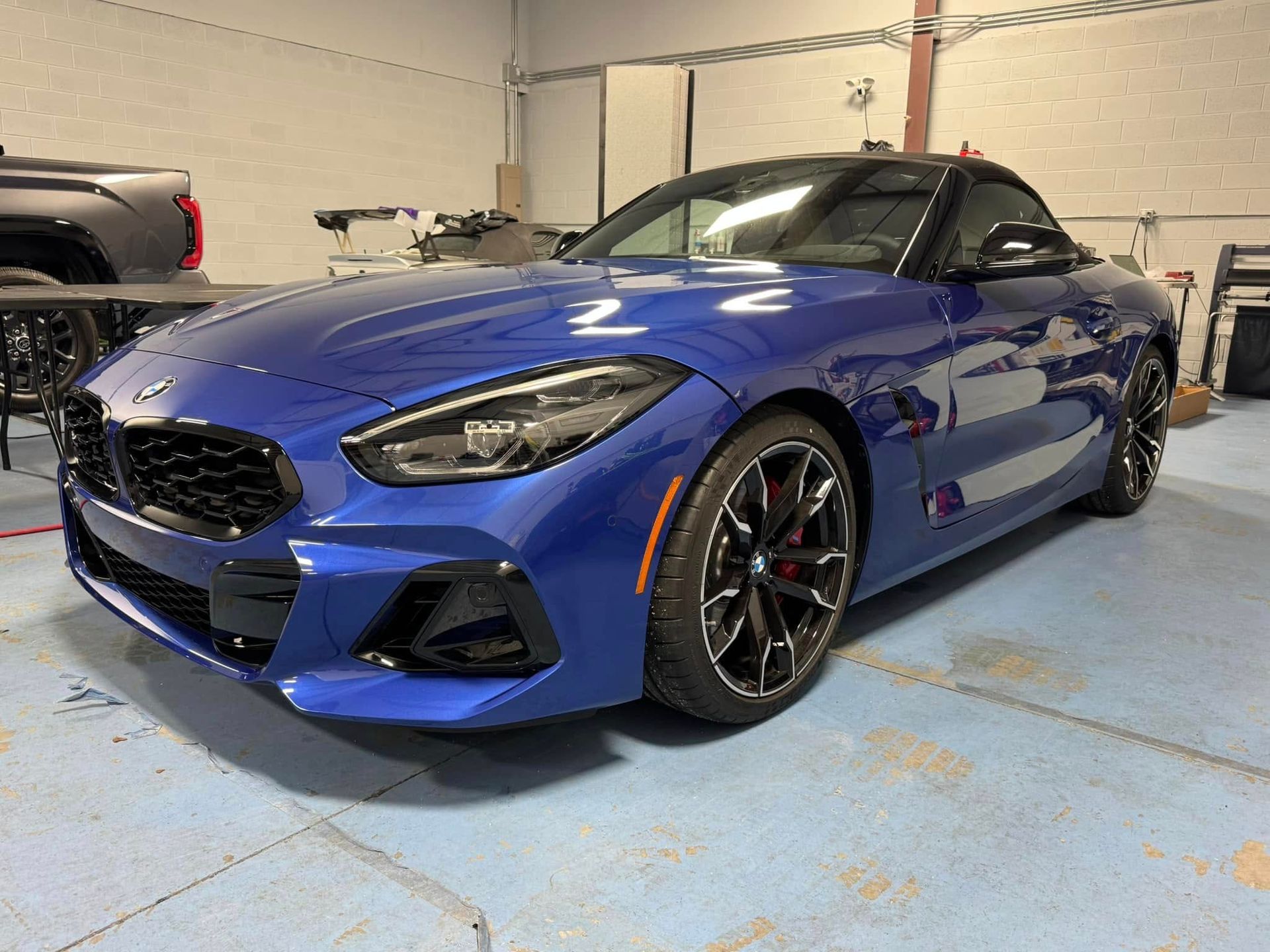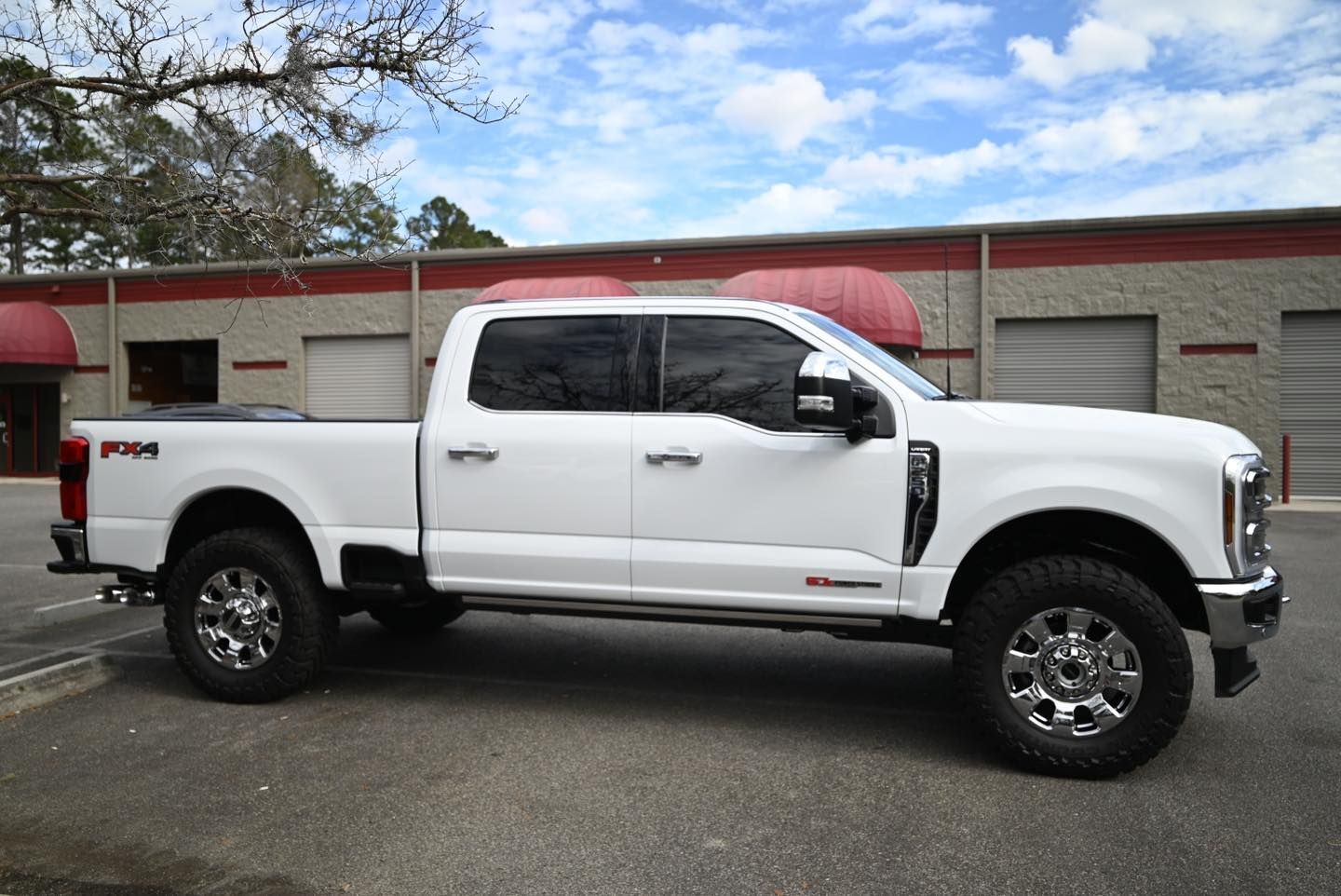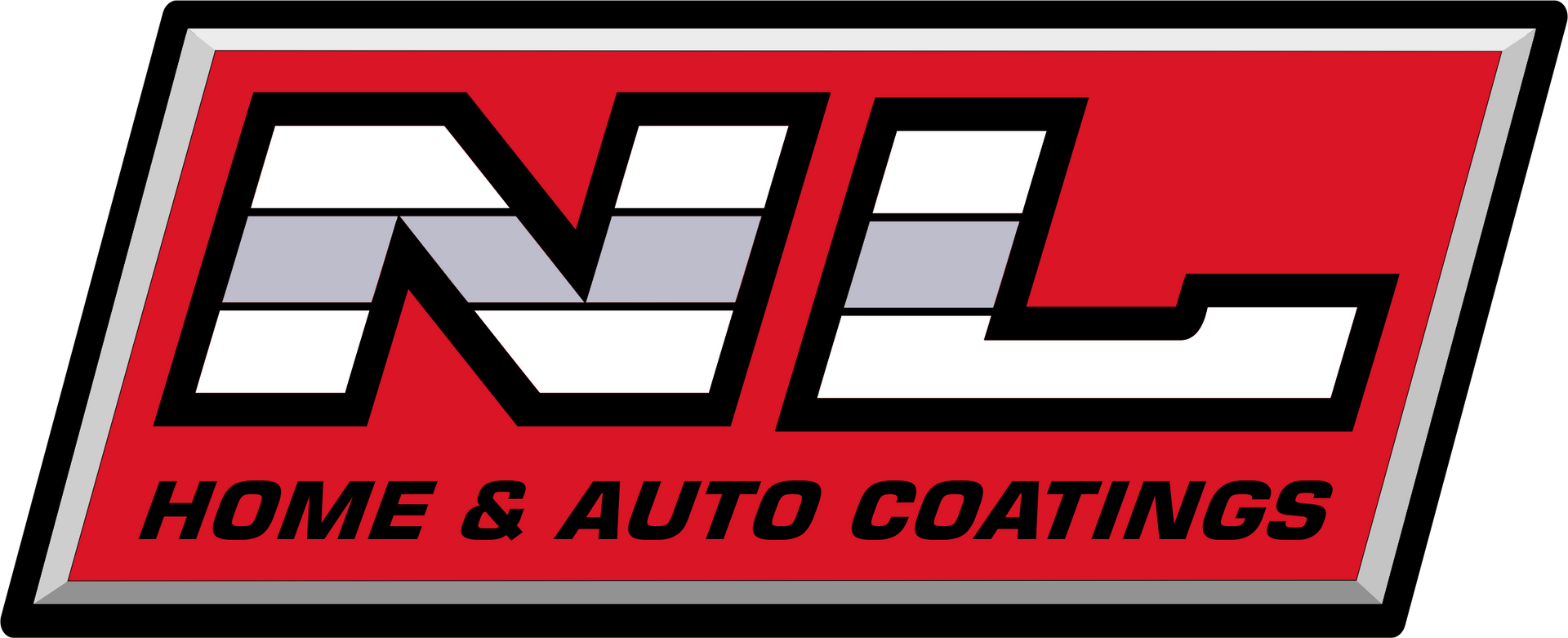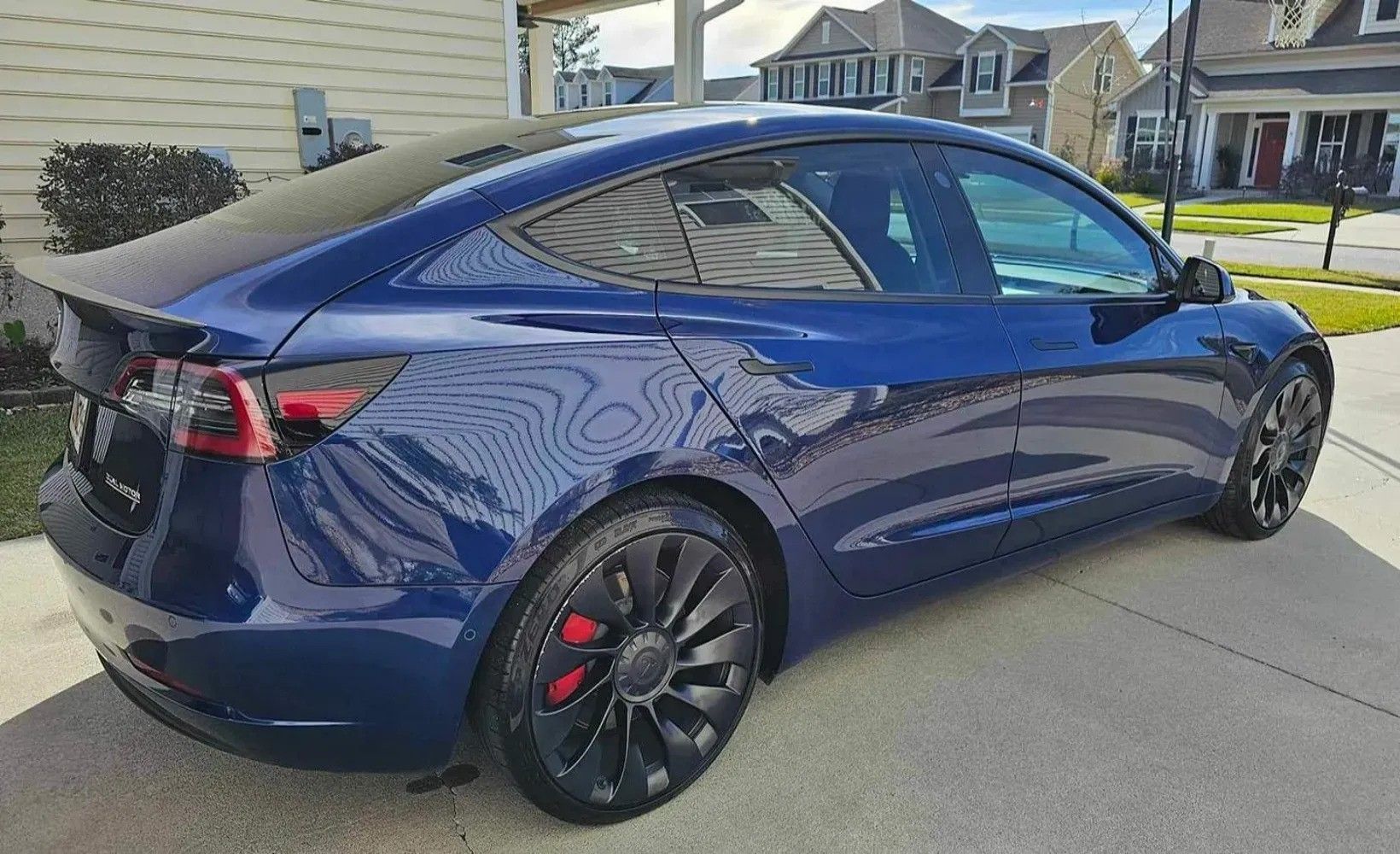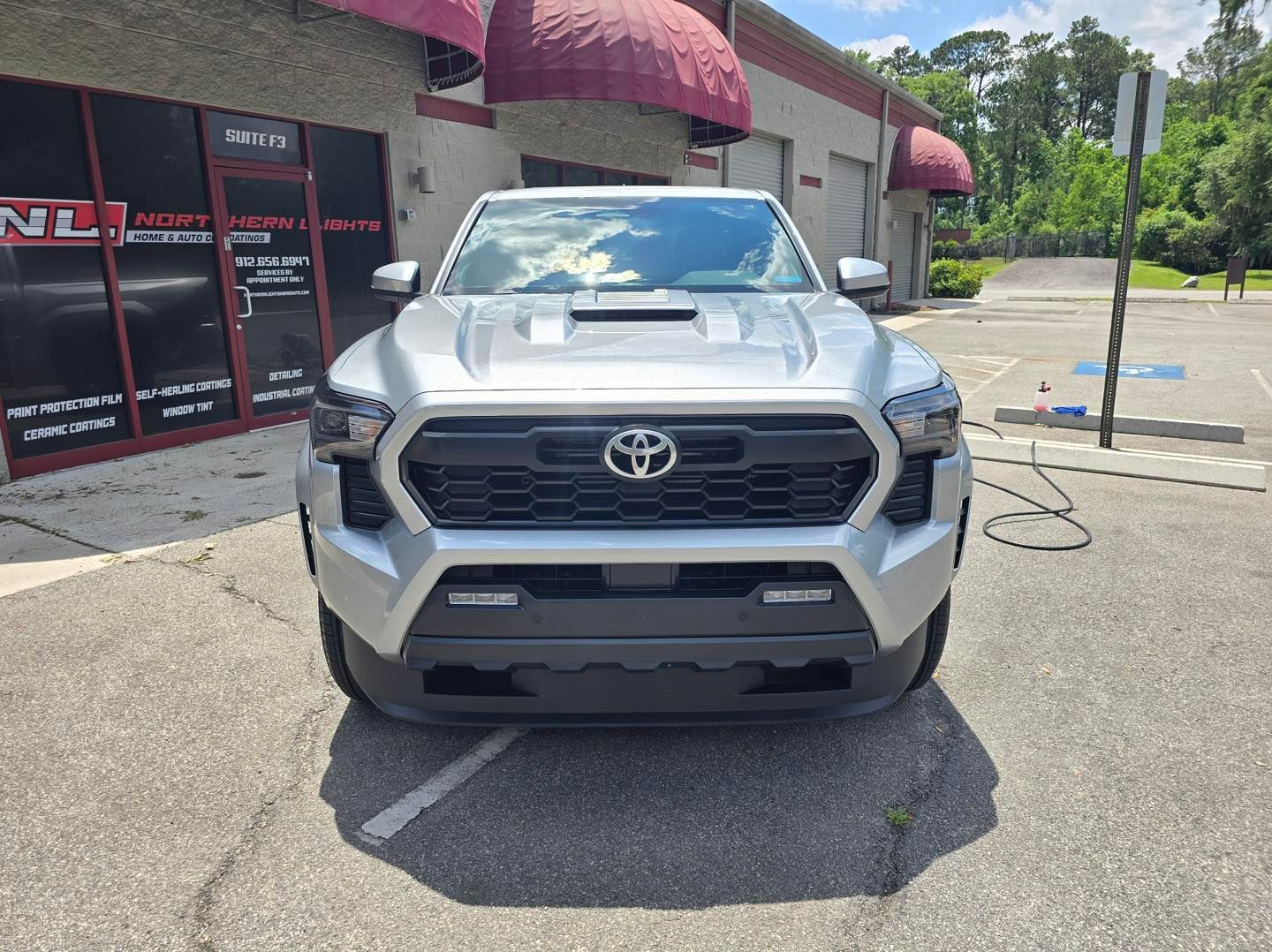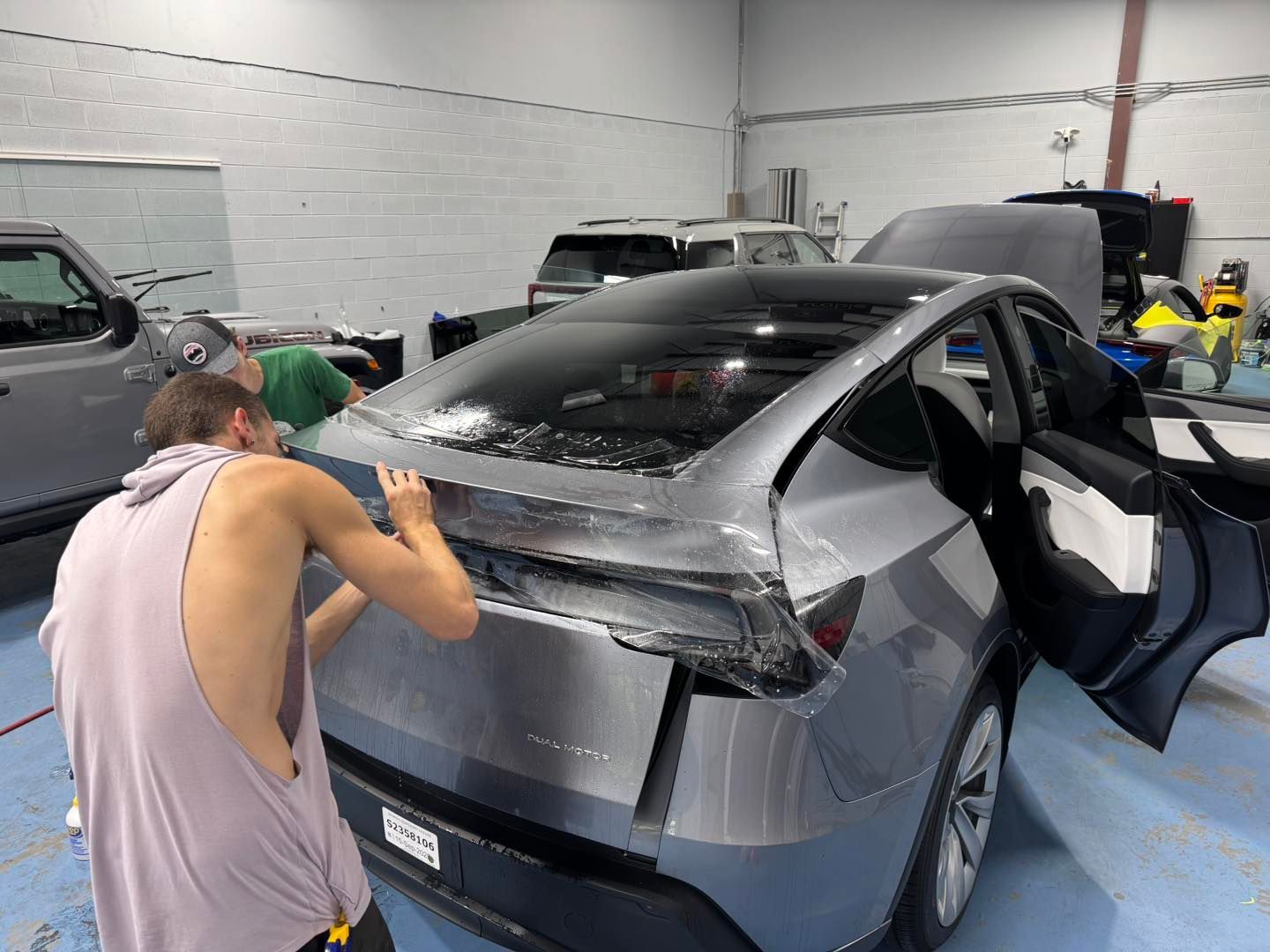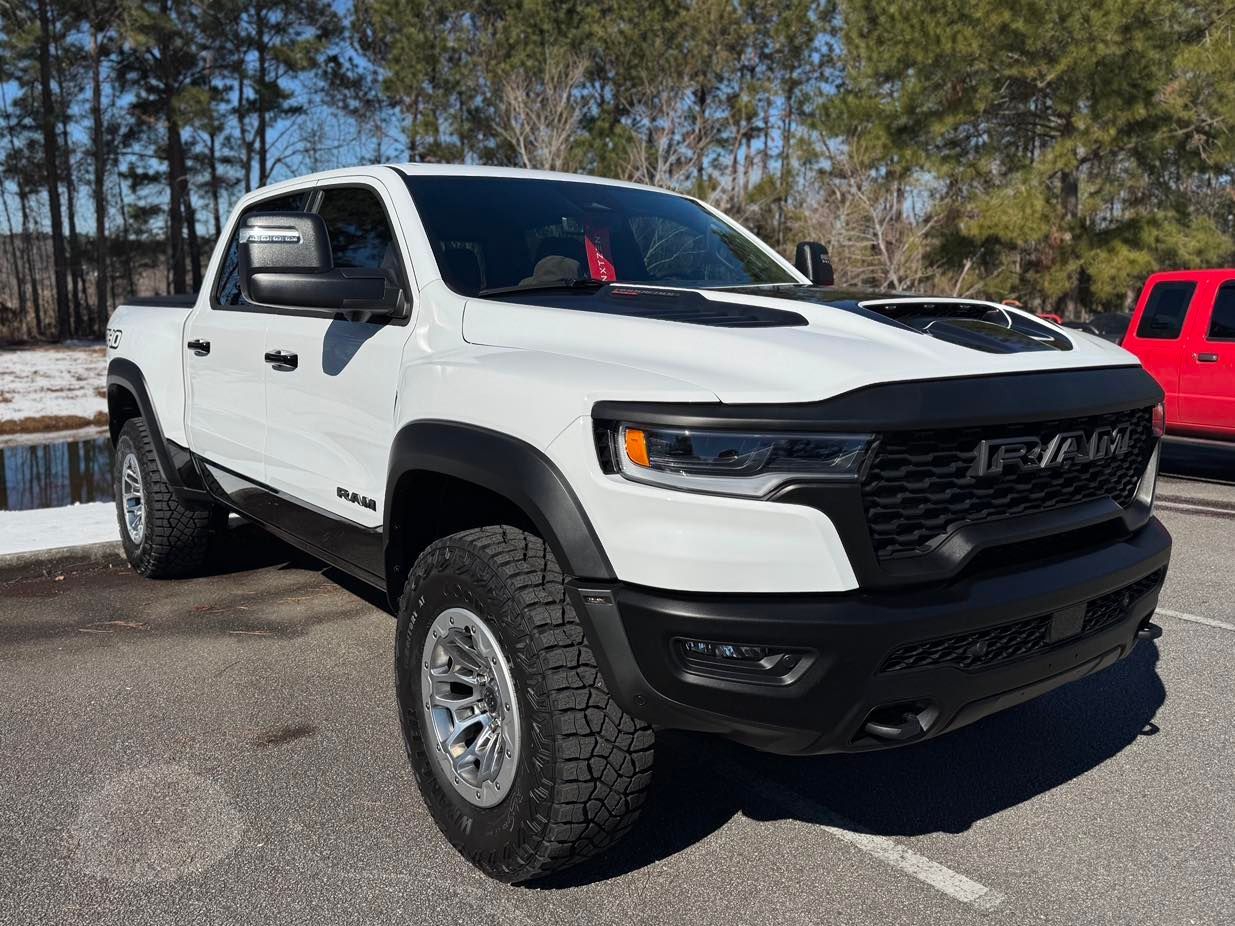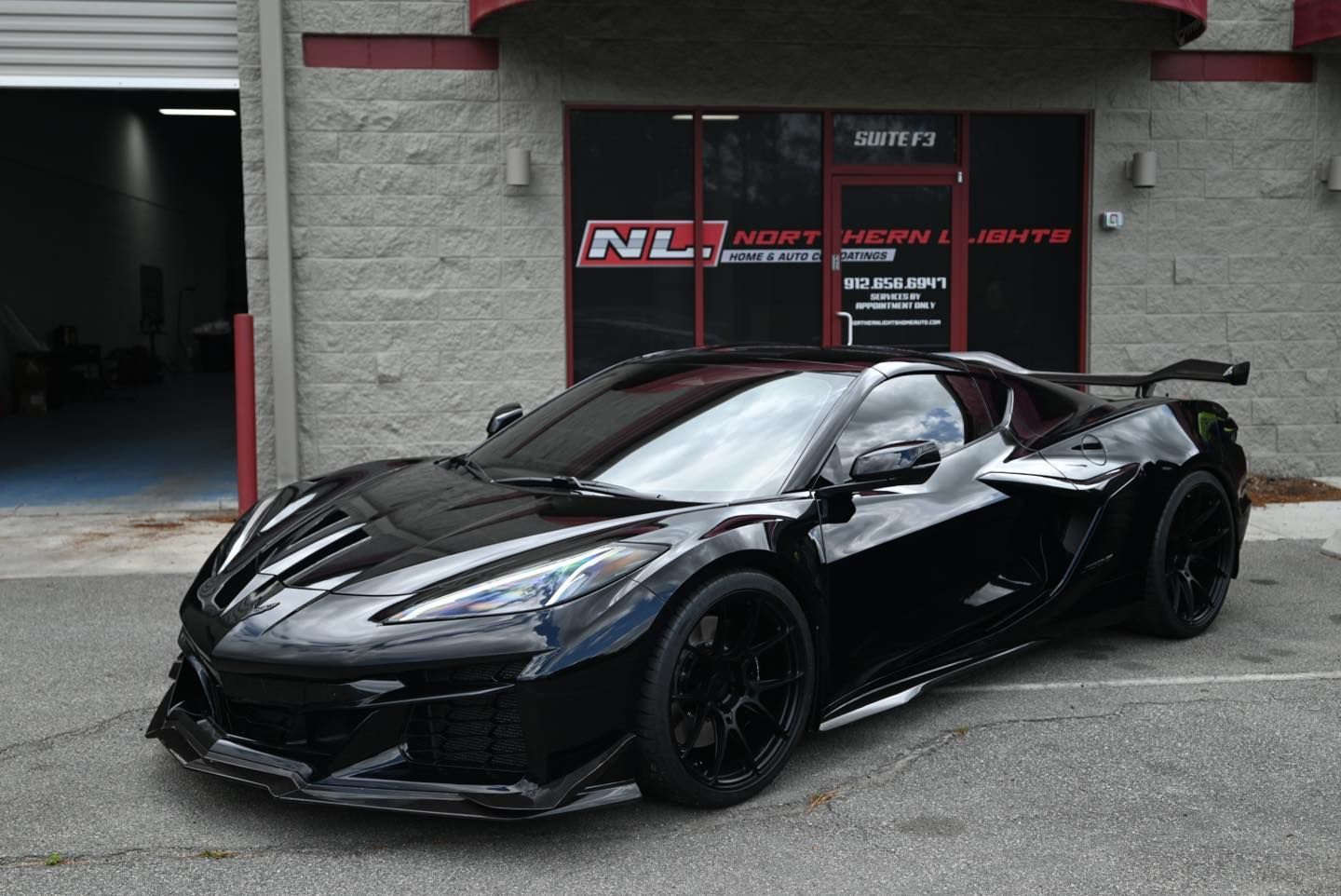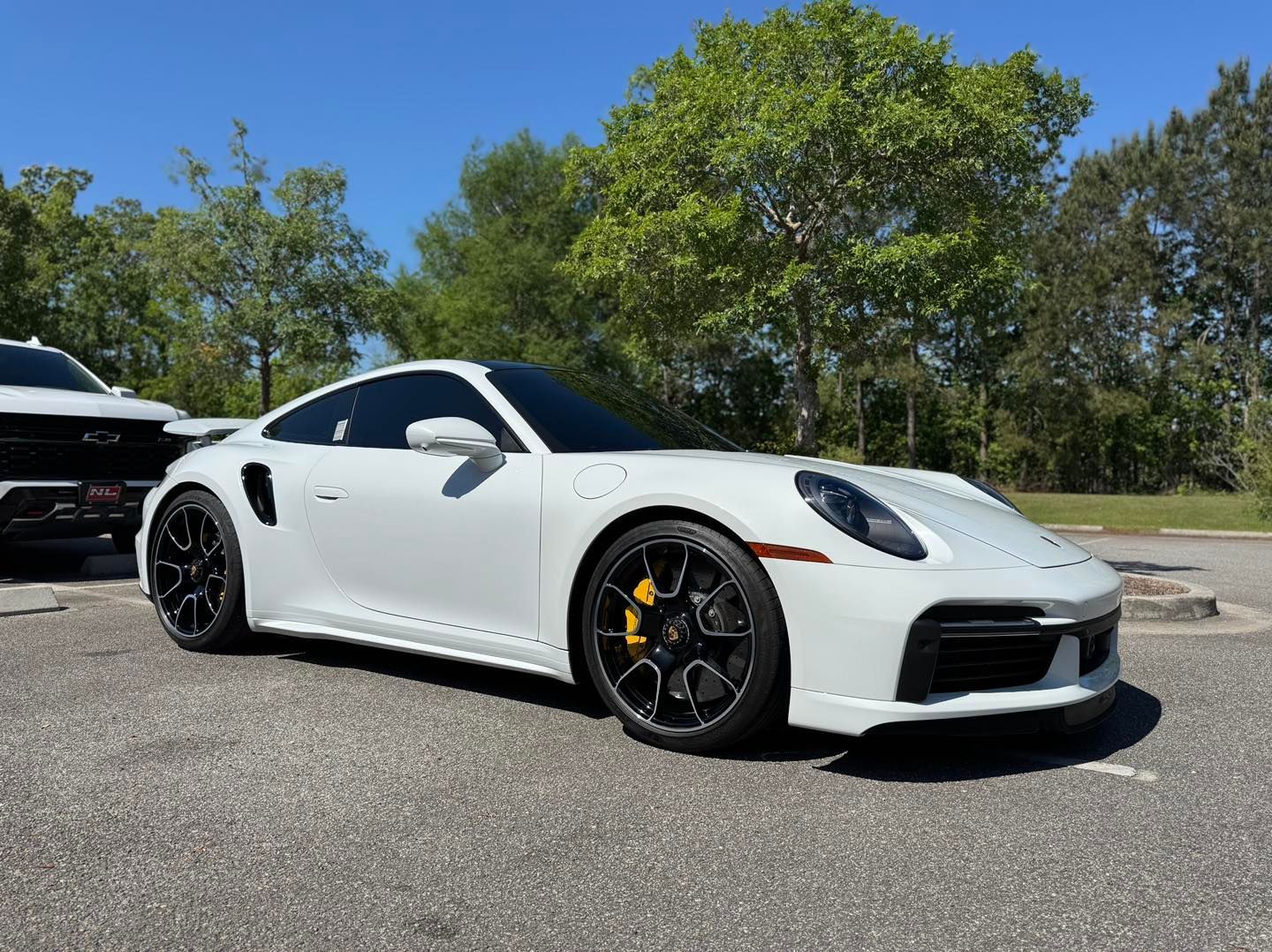Understanding the Benefits, Drawbacks, and
Long-Term Value for Your Vehicle
For many of us, our vehicles represent more than just transportation. They’re investments, passions, and a reflection of personal pride. So when it comes to protecting that investment, particularly the exterior, it’s only natural to want a solution that keeps your car looking flawless. That’s where Paint Protection Film (PPF) comes in, a nearly invisible layer that shields your vehicle’s exterior from rock chips, scratches, and sun damage.
You’ve likely heard of it, maybe seen a friend rave about how it kept his car chip-free after a road trip. But is it all hype? Or does it deliver? In this blog, we break down what PPF is, what it does, its benefits and drawbacks, and how to know if it’s worth the investment for your car and lifestyle.
What Is Paint Protection Film?
Paint protection film is a clear, adhesive urethane material that’s applied to the painted surfaces of your vehicle. It’s designed to act like invisible armor, shielding your car from the minor but frustrating damages of daily driving: rock chips, scuffs, bird droppings, UV rays, tree sap, road salt, and more.
PPF originally had military applications, protecting helicopter blades from debris and harsh environments. Over time, this technology made its way into the automotive world, giving everyday drivers access to serious exterior protection.
Most modern PPF products are also self-healing, meaning minor scratches fade away when exposed to heat. So, if your hood gets lightly scuffed or brushed by a stray bag or jacket, it won’t be a permanent scar on your paint job.
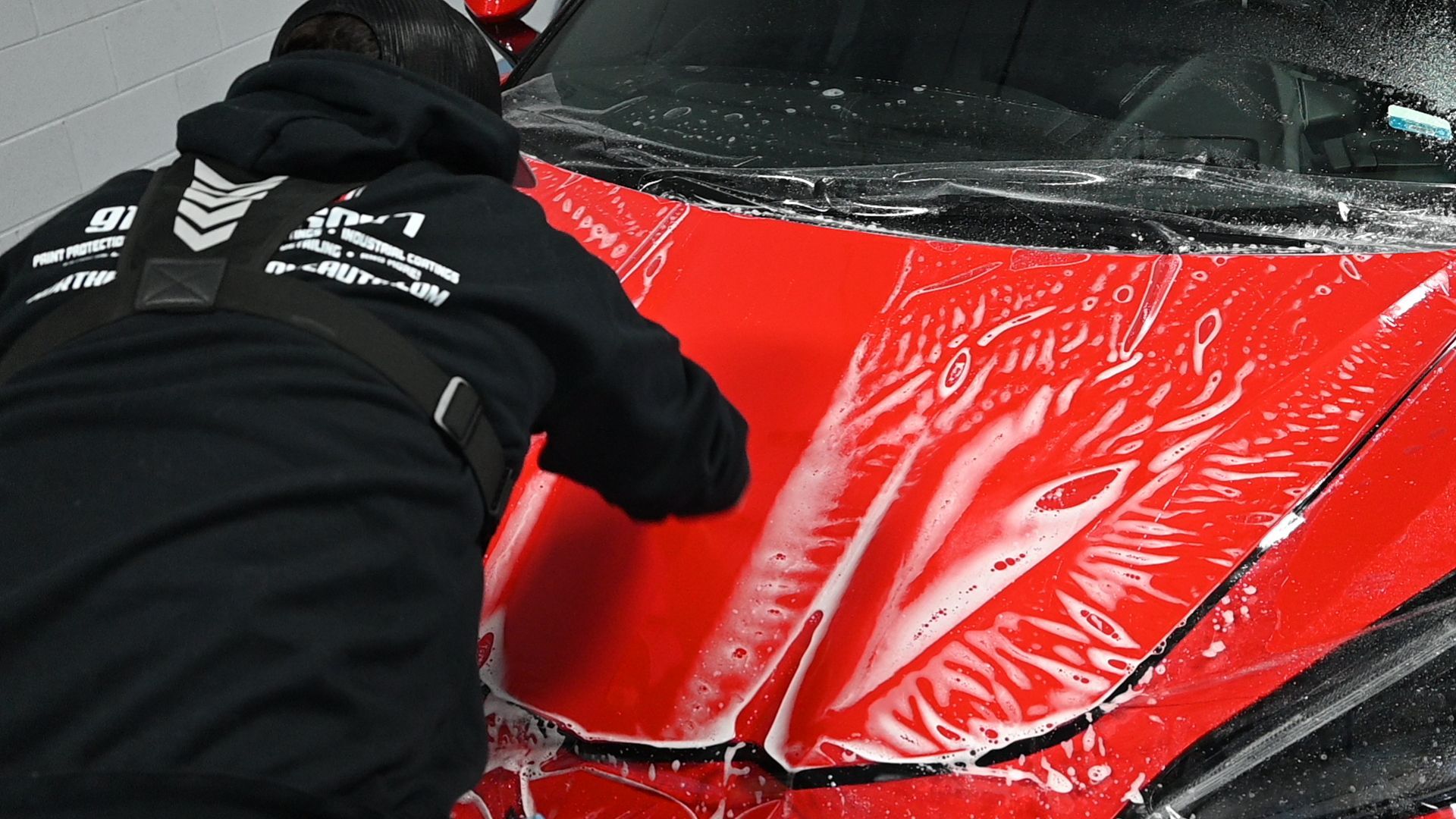
The Real Benefits of Paint Protection Film
So now that you know what PPF is and how it works, let’s talk about why more car owners, especially those who take pride in their ride, are making it part of their vehicle care routine. Paint protection film isn’t just about avoiding a few scratches here and there. It offers real, long-term benefits that go beyond aesthetics. From protecting against everyday hazards to keeping your paint job looking factory-fresh for years, here’s what PPF brings to the table.
1. Scratch and Chip Resistance
Driving isn’t always smooth sailing. Whether you're clocking highway miles or navigating gravel backroads, your paint is constantly exposed to debris. PPF acts as a buffer against flying rocks, sand, or even careless parking lot encounters, preserving your paint and reducing the need for touch-ups.
Some studies suggest PPF can cut repair costs by as much as 85% over time by preventing these small but costly issues from happening in the first place.
2. UV and Oxidation Protection
Sunlight is one of the leading culprits behind faded, dull paint, especially for darker vehicles. PPF provides a barrier against UV rays and oxidation, keeping your car’s finish vibrant and glossy. This helps maintain not just your vehicle’s appearance but also its resale value.
Clients at Northern Lights Home & Auto Coatings in Savannah, GA, have repeatedly noted how much better their cars handle intense heat and sunlight after PPF installation.
3. Enhanced Aesthetic and Long-Term Gloss
PPF not only protects but also amplifies the natural beauty of your car’s paint. It gives the surface a rich, polished look that lasts longer than traditional waxes or sealants. Months after application, cars still appear freshly detailed, making it ideal for anyone who takes pride in a well-maintained appearance.
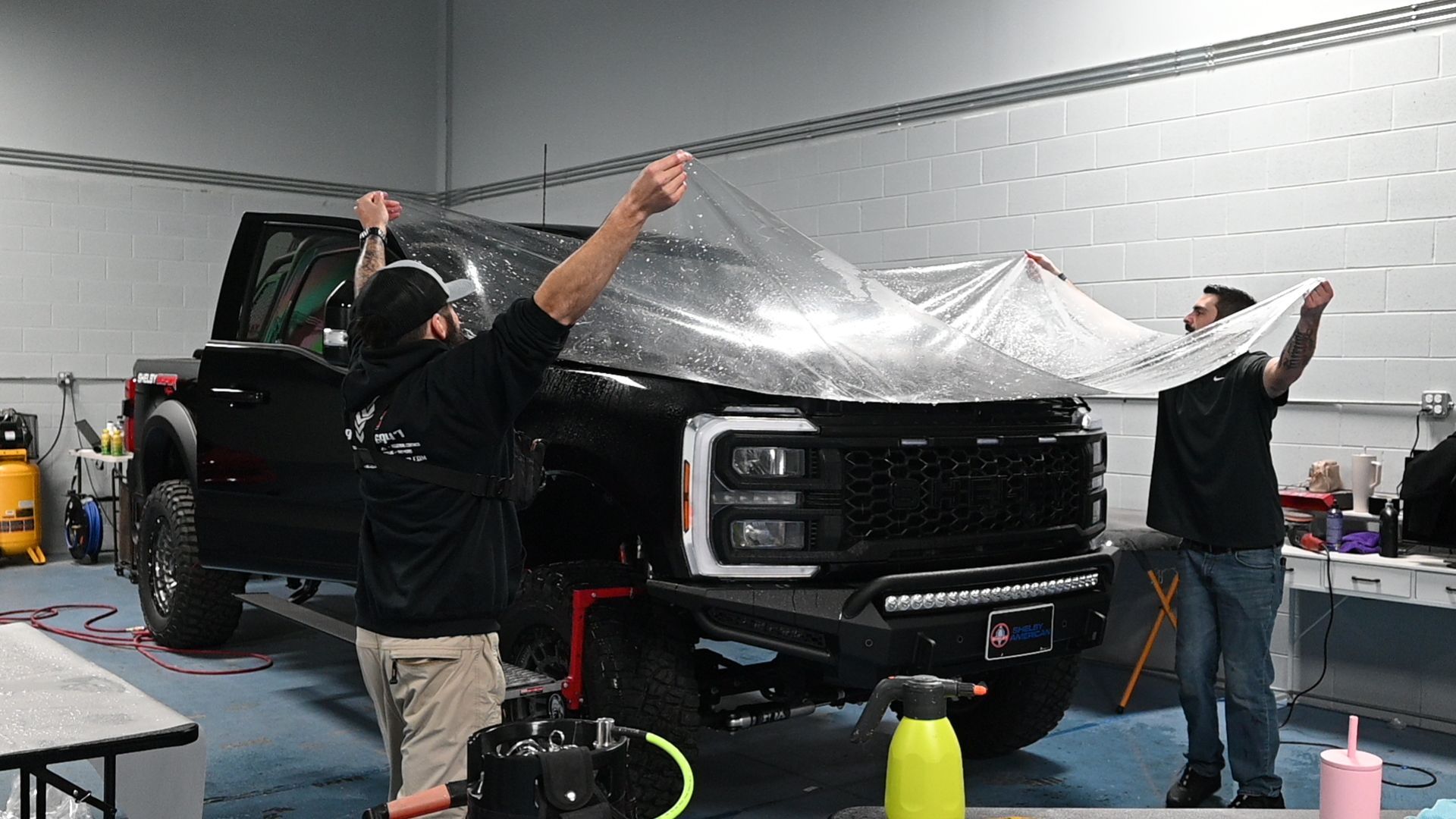
Drawbacks to Consider
While paint protection film comes with a lot of upsides, it’s not without a few considerations. Like any premium upgrade, it’s important to weigh the pros against the potential drawbacks so you can make an informed decision that fits your budget, expectations, and driving habits. Here are a few things to keep in mind before committing.
1. Upfront Cost
There’s no denying it, PPF is a premium option. Depending on the area you’re protecting (full front, high-impact zones, or full vehicle), the cost can range from $1,500 to $5,000 or more. Compared to traditional detailing options, this is a considerable investment.
But here’s the flip side: that investment translates into fewer paint repairs, better resale value, and fewer headaches down the line.
2. Maintenance Requirements
PPF is durable, but it does require the right care. Using harsh chemicals or rough brushes can reduce its lifespan. To keep it looking its best, stick to pH-neutral car soaps and microfiber materials. While it’s not overly demanding, it’s worth knowing that PPF isn’t a “set-it-and-forget-it” solution.
3. Installation Quality Is Everything
A poorly installed film can lead to bubbling, peeling, or yellowing over time. If corners are cut, the protection won’t last, and the appearance won’t impress. That’s why working with an experienced detailing shop like Northern Lights Home & Auto Coatings is crucial. A skilled technician ensures clean, precise application and uses only premium-grade materials.
Is It the Right Choice for You?
Not every car owner needs PPF, but if the following sounds like you, it might be the smart move:
- You do a lot of highway or long-distance driving.
- You’ve experienced chips, scratches, or fading in past vehicles.
- You plan to keep your current car for several years.
- You care about maintaining a premium, like-new appearance.
- You want to retain top resale or trade-in value
PPF is especially ideal for trucks, SUVs, or high-performance cars that see real use but deserve to look good doing it. It's also a great fit for new vehicles; installing PPF early helps keep that flawless finish intact from day one.
Other Protective Options
If PPF doesn’t quite fit your needs or budget, there are still solid options available:
Ceramic Coating
Ceramic coatings offer hydrophobic protection, making your vehicle easier to clean and resistant to chemical damage and minor environmental wear. While not impact-resistant like PPF, they do a fantastic job of preserving shine and reducing long-term paint degradation.
At Northern Lights Home & Auto Coatings, we offer ceramic coatings designed to last up to 10 years, especially when combined with PPF for the ultimate protection package.
Vinyl Wraps
Vinyl wraps provide some light protection and allow for full customization in terms of color and finish. While they don’t self-heal or resist impact like PPF, they’re an option for those prioritizing aesthetics and branding.
Traditional Wax
Waxing is budget-friendly and provides a light protective barrier. However, it requires frequent reapplication and offers minimal defense against road debris or UV exposure. It’s a short-term solution that works best in mild environments.
Why Paint Protection Film Makes Sense for the Right Driver
At the end of the day, paint protection film isn’t just for luxury cars or weekend showpieces; it’s for anyone who takes pride in their vehicle and wants to keep it in excellent condition long term.
It’s not the cheapest route, but it’s one of the most effective. It protects your investment, saves you from constant repairs, and keeps your car looking sharp for years. If you value performance, presentation, and peace of mind on the road, PPF is a smart move.
Trust the Experts at Northern Lights Home & Auto Coatings
At Northern Lights Home & Auto Coatings in Savannah, GA, we specialize in professional-grade Paint Protection Film installations that go the distance. We use only top-tier, self-healing PPF products installed with precision and care by experienced technicians.
Whether you're looking for full-vehicle protection or just key areas like your hood, fenders, and bumpers, we’ll help you choose the best package for your lifestyle and driving needs. We also offer ceramic coatings and detailing services to keep your car performing and looking its absolute best. CALL (912) 656-6947 or visit northernlightsautodetailing.com to book your consultation.
